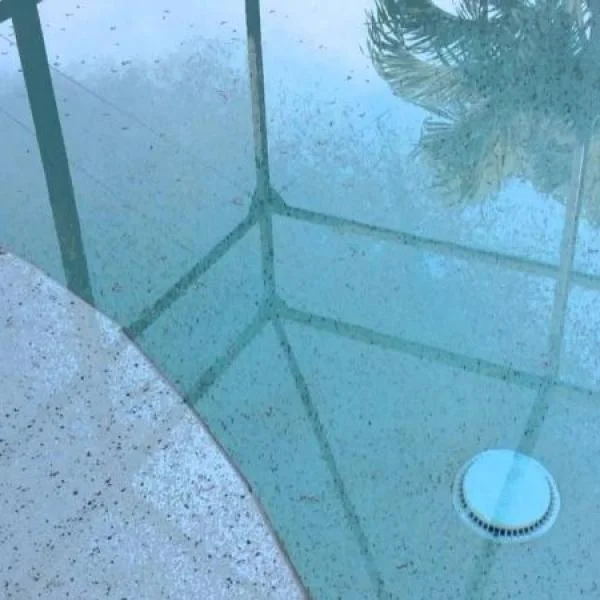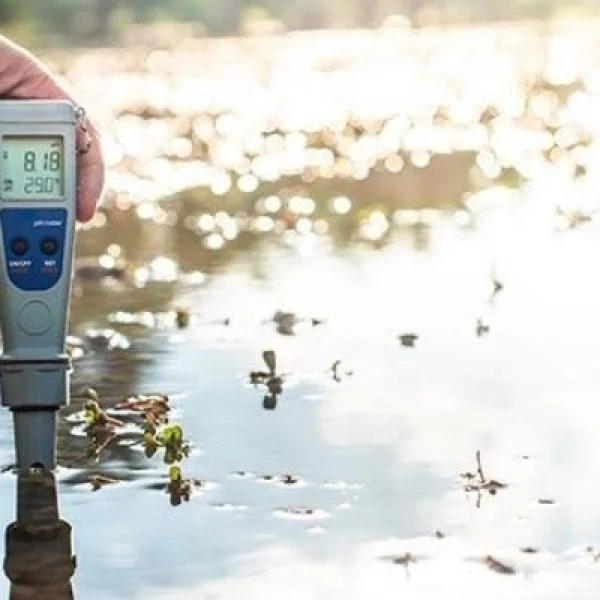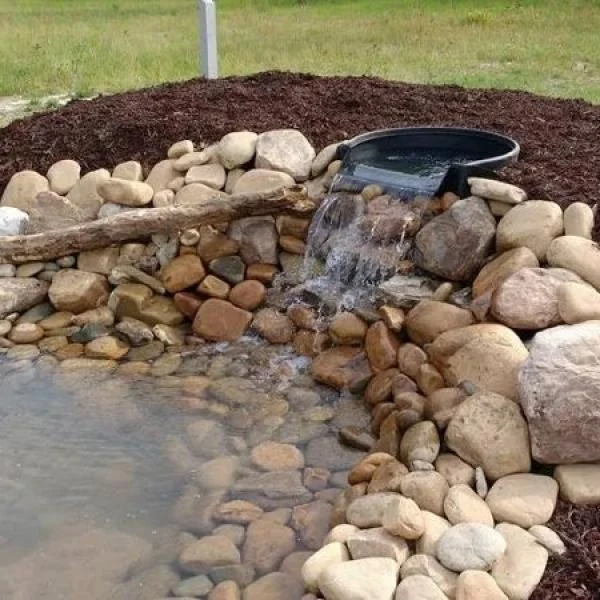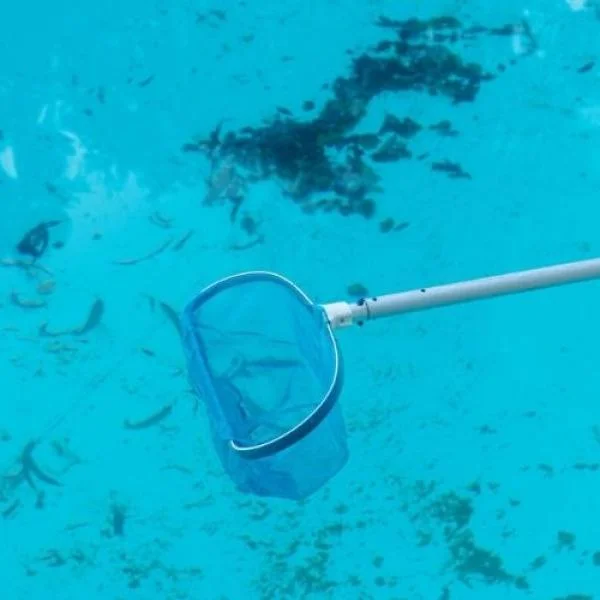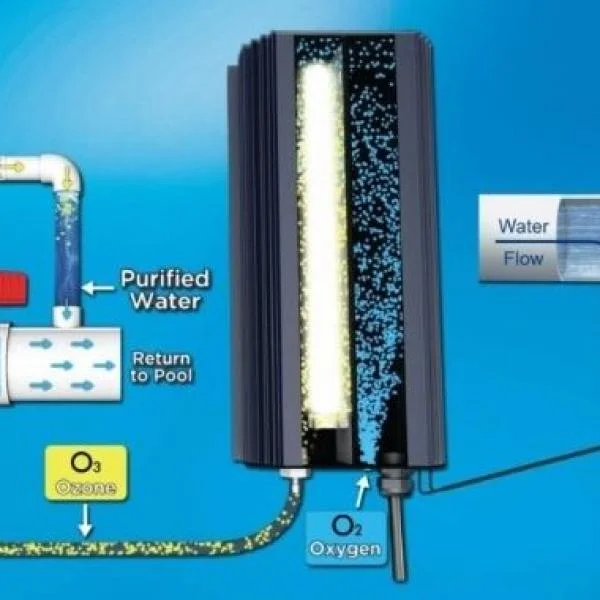
Swimming pools are a source of joy and relaxation for millions of people worldwide. However, they can also harbor various contaminants that pose health risks to swimmers. This comprehensive guide delves into the sources of pool contamination, the associated health risks, and effective prevention strategies to ensure a safe and enjoyable swimming experience.
Sources of Pool Contamination
Pool contamination is a complex issue that stems from various sources. Understanding these sources in detail is crucial for maintaining a clean and safe swimming environment. The contaminants in swimming pools can be broadly categorized into three main types: physical, chemical, and biological.
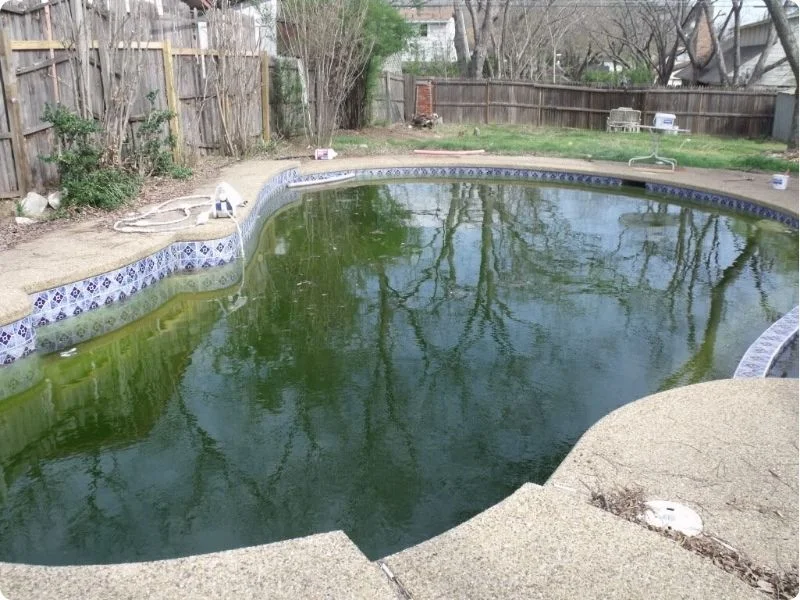
Sources of Pool Contamination
Physical Contamination
Physical contaminants are particles that do not dissolve in water. Common examples include:
- Dirt
- Grit
- Sand
- Plasters
These contaminants can be introduced by swimmers, wind, or other environmental factors. The way these pollutants behave in the pool depends on their weight:
Lighter physical pollutants float on the water surface and can be removed through:
- Netting: Using a long-handled pole with a net attachment
- Scooping: Employing a long-handled pole with a scoop attachment
- Skimming: Removing the top layer of pool water via the surface-water-draw-off system (either scum trough, skimmer basket, or deck-level)
Heavier physical pollutants sink to the pool bottom and settle there. These can be removed by:
- Sweeping towards the pool outlets
- Vacuuming the pool bottom (either manually or with an automated pool vac)
Any smaller physical pollution that escapes these removal methods will be transported via the circulation system to the plant room, where it will be captured by the filtration system.
Chemical Contamination
Chemical pollution refers to substances dissolved or suspended in the pool water. These can come from many sources:
Deliberate additions:
- Disinfectants (e.g., chlorine)
- pH correctants (e.g., acids)
- pH buffers (e.g., sodium bicarbonate)
- Calcium hardness increasers (e.g., calcium chloride)
Incidental introductions:
- Minerals from hard water
- Cosmetics and toiletries
- Bodily fluids (e.g., urine, sweat, mucus)
It's worth noting that many chemical contaminants result from the treatment process itself. The rate of chemical addition often correlates with the level of pollution introduced by bathers.
Biological Contamination
Biological contaminants are living organisms that can thrive in pool water. These microorganisms pose the most significant health risks to swimmers. The main categories of biological contaminants include:
Bacteria:
- Escherichia coli (E. coli)
Legionella pneumophila
- Pseudomonas aeruginosa
- Staphylococcus aureus
Protozoa:
- Cryptosporidium parvum
- Giardia lamblia
Viruses:
- Norovirus
- Hepatitis A virus
Other microorganisms:
- Algae (various species)
- Fungi (e.g., those causing athlete's foot)
Biological contaminants can enter the pool through various means:
- On swimmers' bodies (skin, hair)
- Via fecal matter (particularly concerning for Cryptosporidium)
- Through blood or mucus
- From source water (if not properly treated)
- On outdoor footwear (especially in outdoor pools)
- On improperly cleaned equipment (e.g., canoes, scuba gear, pool toys)
Biological contamination is particularly hazardous as it can cause a number of infectious diseases, some of which can be severe or even fatal. The challenge with biological contaminants is that some, like Cryptosporidium, are highly resistant to chlorine and can survive in properly chlorinated water for up to 10 days.
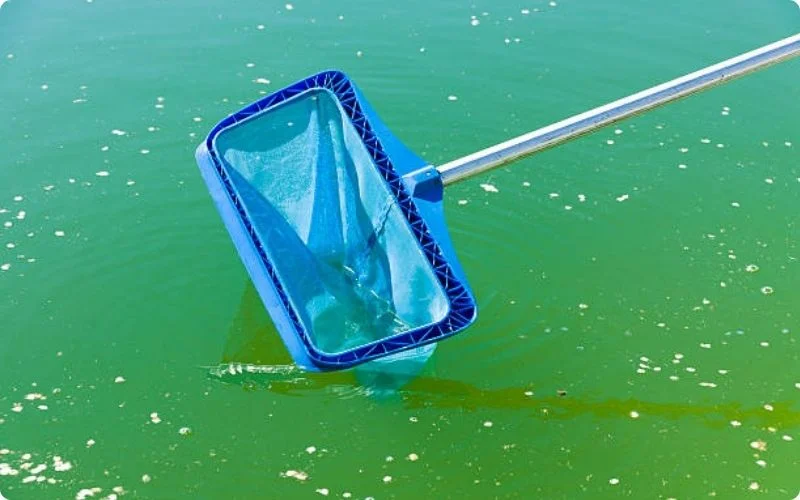
Biological contaminants are living organisms that can thrive in pool water
Health Risks Associated with Pool Contamination
Pool contamination can lead to various health issues, collectively known as recreational water illnesses (RWIs). These can be transmitted through:
- Swallowing contaminated water
- Direct contact with the mucous membranes (eyes, nose, mouth)
- Skin contact
Common RWIs include:
- Diarrheal infections (e.g., caused by norovirus, Cryptosporidium, E. coli)
- Skin infections (e.g., "hot tub rash")
- Ear infections (e.g., swimmer's ear)
- Respiratory infections (often associated with hot tubs)
It's important to note that some pathogens, like Cryptosporidium, can survive in properly chlorinated water for up to 10 days, making them particularly challenging to control.
Control Measures and Risk prevention
Effective pool contamination prevention involves a multi-faceted approach combining proper pool maintenance, swimmer education, and adherence to safety guidelines.
Pool Maintenance
Water Treatment:
- Maintain proper chlorine levels: The CDC recommends free chlorine levels of 1 ppm for pools and 3 ppm for hot tubs.
- Monitor and adjust pH: Keep the pH between 7.2 and 7.8 for optimal chlorine effectiveness. If the pH is too high (above 8), chlorine becomes less effective at killing germs. If it's too low (below 7), it can cause pipe corrosion.
- Regular testing: Frequently check chlorine levels and pH, especially during peak usage times. Factors like high temperatures, sunlight, and water features can use up chlorine more quickly.
- Use of stabilizers: In outdoor pools, cyanuric acid can be used to protect chlorine from degradation by UV light.
Filtration and Circulation:
- Ensure proper filtration systems are in place and functioning correctly. This includes regular backwashing of sand filters and cleaning of cartridge filters.
- Maintain adequate water circulation to distribute disinfectants evenly and remove contaminants efficiently.
- Consider supplemental systems like UV disinfection or ozonation for added protection against chlorine-resistant pathogens.
Regular Cleaning:
- Perform regular skimming of the water surface to remove floating particles.
- Vacuum the pool bottom to remove settled contaminants. This cleaning process can be manual or automated.
- Brush pool walls and floor regularly to prevent algae growth and remove biofilm.
- Clean the deck area around the pool to prevent dirt and contaminants from being tracked into the water.
Shock Treatment:
- Periodically use shock chlorination to eliminate resistant contaminants and reset chlorine levels.
- This is particularly important after heavy pool use, rainstorms (for outdoor pools), or fecal incidents.
Water Replacement:
- Regularly replace a portion of the pool water to help dilute contaminants that build up over time.
- The frequency of water replacement depends on pool usage and local regulations.
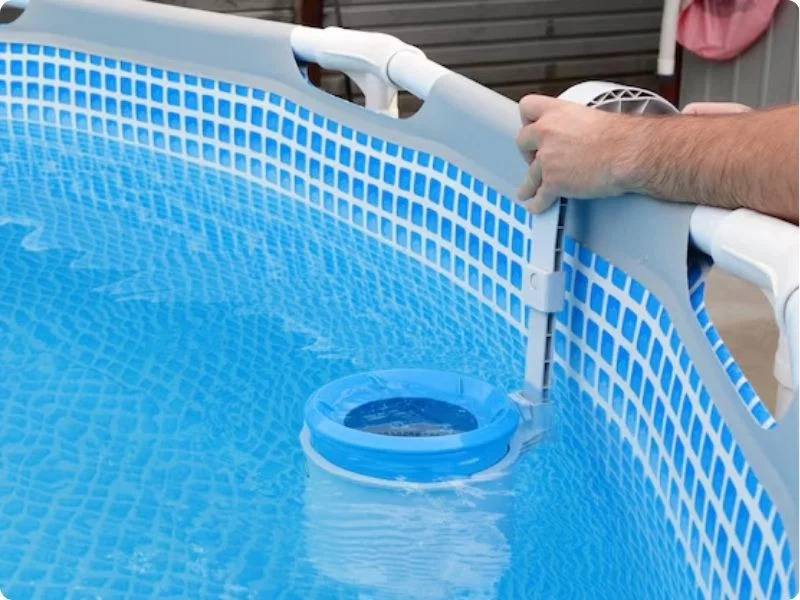
Frequently check chlorine levels and pH
Swimmer Education and Guidelines
Pre-Swim Hygiene:
- Encourage swimmers to shower before entering the pool to remove dirt, sweat, and personal care products.
- Enforce strict policies against swimming while ill, especially for those with recent gastrointestinal issues.
In-Pool Behavior:
- Prevent people from urinating in the pool to maintain water quality
- Advised not to swallow pool water
- Set a regular time for children to use the bathroom
Post-Swim Care:
- Recommend thorough ear-drying after swimming to prevent ear infections.
- Advise swimmers to shower after pool use to remove residual chemicals and contaminants.
Facility Management
Regular Inspections:
- Conduct routine inspections of pool facilities, including water quality tests and equipment checks.
- Keep precise records of maintenance activities and water quality parameters.
Staff Training:
- Ensure pool staff are properly trained in water safety, maintenance procedures, and emergency response.
Fecal Incident Response:
- Develop and implement clear procedures for handling fecal incidents in the pool.
- Train staff on proper pool cleaning and remediation techniques following such incidents.
Advanced treatment methods
While chlorine remains the most common disinfectant, other technologies can enhance pool water quality:
UV Disinfection:
- Inactivates microorganisms through the use of ultraviolet light.
- Highly effective in eliminating chlorine-resistant pathogens, including Cryptosporidium.
Ozonation:
- Introduces ozone gas to oxidize contaminants and kill microorganisms.
- Can reduce chlorine demand and improve water clarity.
Advanced Oxidation Processes:
- Combines multiple treatment methods (e.g., hydrogen peroxide and UV light) for enhanced disinfection.
Conclusion
Pool contamination is a complex issue that requires vigilance from both pool operators and swimmers. By understanding the sources of contamination, implementing proper maintenance procedures, and following good hygiene practices, we can significantly reduce the risk of recreational water illnesses. Remember, a clean pool is not just about crystal-clear water – it's about ensuring the health and safety of all swimmers.
By staying informed and taking proactive measures, we can all contribute to creating safer, more enjoyable swimming environments. Whether you're a pool owner, operator, or swimmer, your role in maintaining pool water quality is crucial. Let's work together to keep our pools clean, safe, and inviting for everyone to enjoy.
Related Articles
Weathering the Storm: Protecting Your Pool After Rain
Rain can be a refreshing change from scorching summer days, but it can also wreak havoc on your ...
Beyond the Surface: A Deep Dive into Water Parameters
Water quality is a crucial aspect of environmental science, public health, and various industries. ...
Pond Filtration 101: Essential Tips for a Thriving Aquatic Environment
Creating a serene pond environment in your backyard can be a rewarding experience. Imagine fish ...
Pool Chemicals Explained: Essential Tips for Pool Owners
Swimming pools are a fantastic addition to any home, providing a space for exercise, relaxation, and ...
The Natural Way to Clean Pool Without Chemicals
Maintaining a clean and inviting swimming pool is essential for both enjoyment and health. While ...
Silver Ion Water Treatment: The Future of Clean Water Technology
In the quest for pure, safe water, silver ion water treatment has emerged as a revolutionary ...

